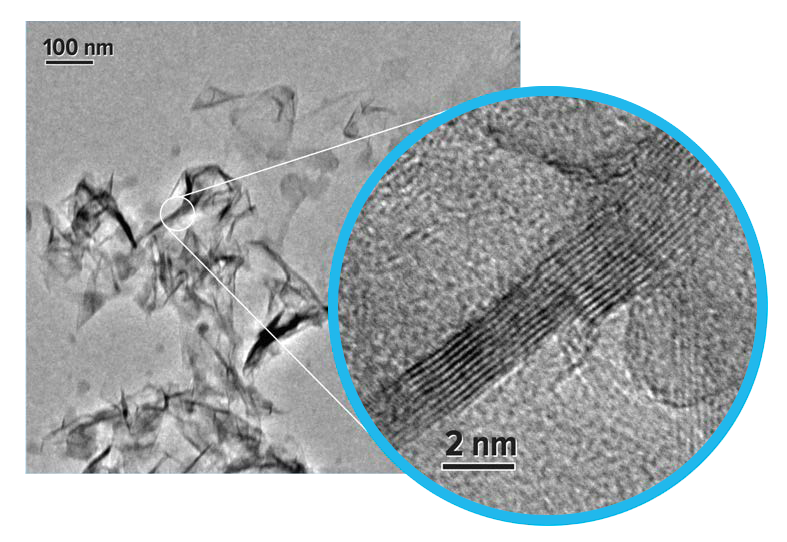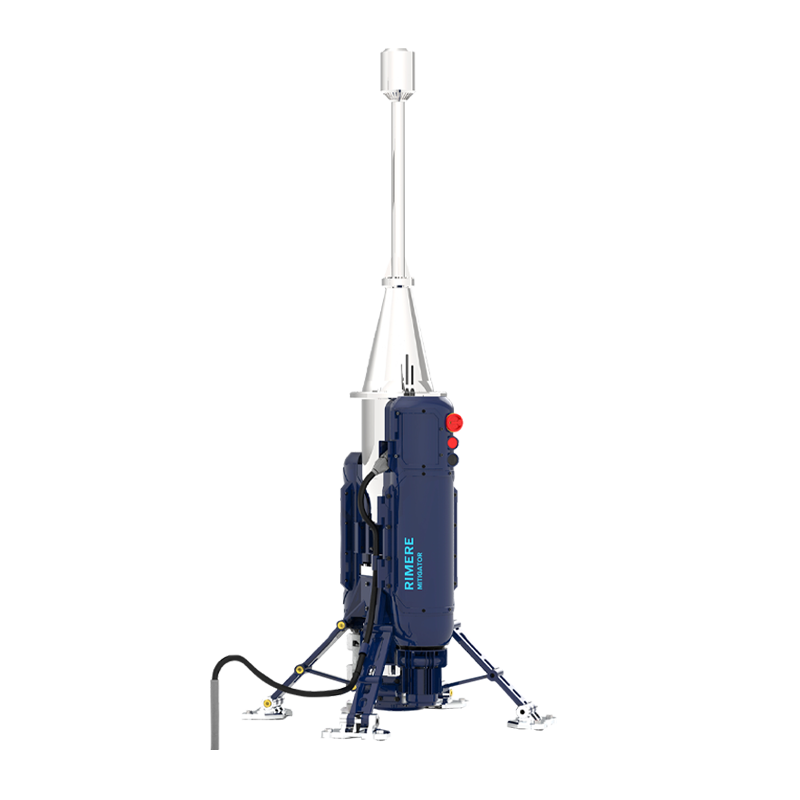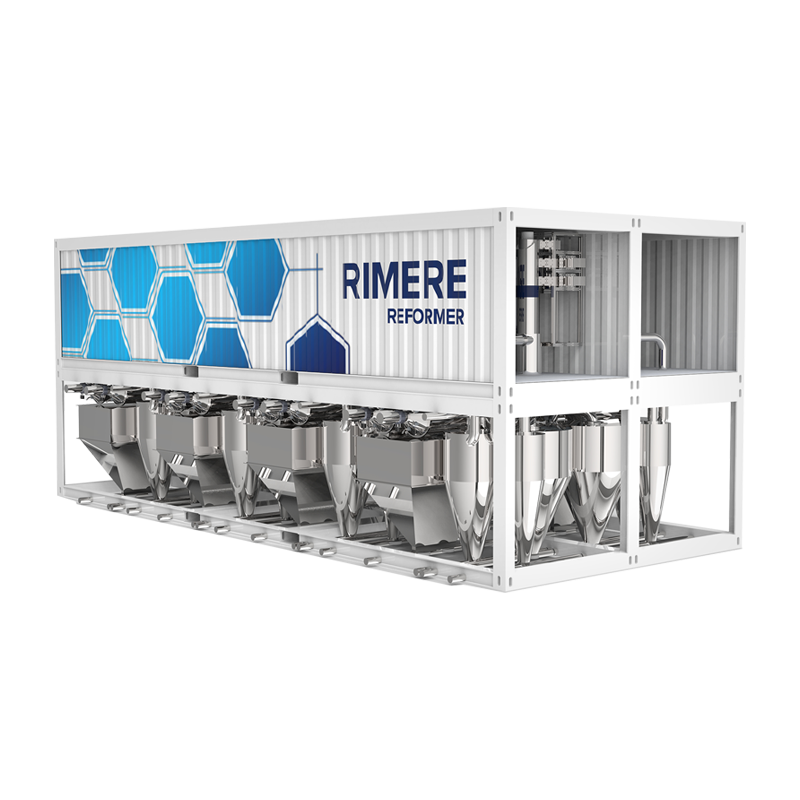What is graphene?
Graphene is a highly valuable material produced by the Reformer when it separates hydrogen from methane. Unlike other solid forms of carbon, such as black carbon or graphite, graphene is a nano-carbon: a single layer of carbon atoms arranged in a honeycomb structure.
Graphene is often referred to as the wonder material of the century due to its extraordinary properties.
Though scientists speculated about graphene’s existence for decades, it wasn’t until 2004 that the material was formally discovered and studies began.
At Rimere, we produce high-quality graphene that is both scalable and cost-effective. We’ve engaged multiple 3rd party laboratories to independently verify our results, including Intertek and ACS Materials Testing.
Our results show a consistent and homogeneous quality across a large sample, with few defects and minimal layers. The high specific surface area and high conductivity make our graphene ideal for energy storage and battery applications.

How graphene is made.
As the Reformer converts natural gas into zero-emission hydrogen, graphene is extracted into a holding container. The graphene flakes are so thin and lightweight, they resemble black snow.
Graphene applications
Due to its remarkable strength, electrical conductivity, and thermal properties, graphene is being applied with outstanding success across numerous industries, such as batteries and semi-conductors, composites and resins, and building materials.
Batteries
Rimere’s Reformer can produce battery-grade crumpled graphene sheets which are ideal for increased energy storage and battery efficiency.
Contact usConcrete
In partnership with Holliday Rock, we’re actively testing graphene’s effect on concrete in terms of strength, elasticity, shrinkage, shielding, and durability.
Learn more

